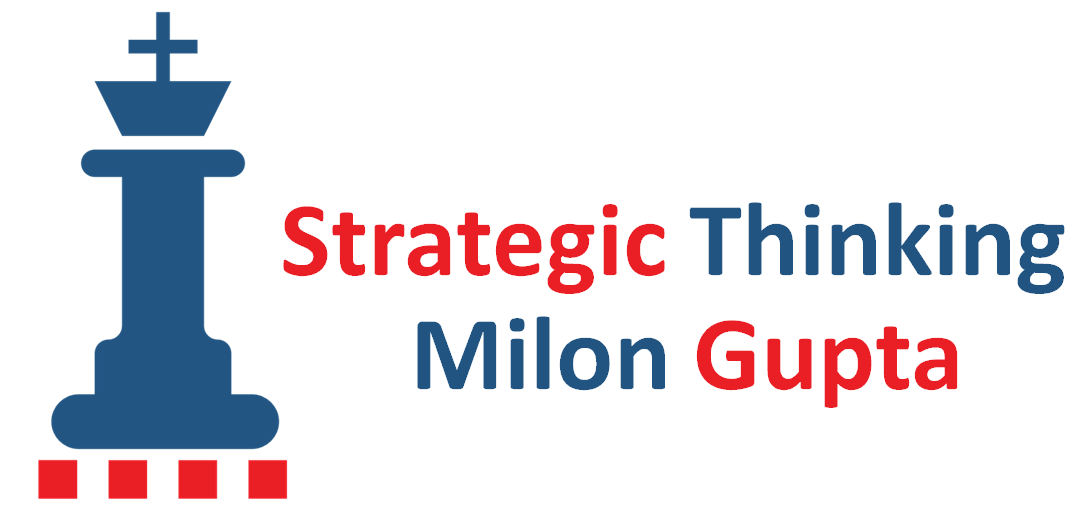For the vast majority of the German Mittelstand (owner-led companies including mostly SMEs, but also large firms), sustainability is very important. According to a Commerzbank study from 2021, more than 70 percent of owner-led companies surveyed believe that sustainable action and production are necessary to ensure the future viability of their company. Almost 70 percent see sustainability as an opportunity for their own growth and greater competitiveness.
At the same time, the study found that only a good third of all companies surveyed had a sustainability strategy in 2021. Almost another third had one in the planning stages and a third had no sustainability strategy at all. A PwC study from 2023 came to similar results. According to this, 60% of the owner-led companies surveyed recognized that they had to drive forward the sustainability transformation. However, most of them lack a holistic strategy for consistent implementation.
My impression is that most owner-led companies want to become more sustainable and have also taken some specific measures, for example saving energy. In most cases, however, owner-led companies lack a clear sustainability strategy. This means that owner-led companies miss out on huge business opportunities and risk their competitiveness, as I have already discussed in my blog article on the topic of “Strategic Sustainability”.
For the development and implementation of an effective sustainability strategy as part of the corporate strategy, I recommend the following five steps:

Step 1: Conduct a double materiality assessment
The double materiality assessment is the starting point for developing the sustainability strategy. The materiality of sustainability aspects is always viewed from two perspectives: on the one hand from the inside-out perspective (impact materiality) and on the other hand from the outside-in perspective (financial materiality).
The inside-out perspective is used to record the actual and potential positive and negative impacts of the company on the environment and society. The outside-in perspective looks at the opportunities and risks of sustainability aspects for the financial situation and future viability of the company.

The double materiality assessment requires a systematic approach in order to arrive at reliable results. This includes involving a relatively broad circle of people internally in the collection, weighting and preliminary prioritization of material topics. In addition, companies should discuss an initial selection of topics for further prioritization with external stakeholders such as customers, suppliers, investors and representatives from municipalities and non-governmental organizations.
At the end of this process there is a materiality matrix in which the material topics are assigned to one of the four quadrants according to their respective inside-out/outside-in impact. This matrix shows which topics are of priority for the next steps.
Step 2: Set sustainability goals
 The sustainability goals should primarily address topics in the company that were rated high in the double materiality assessment both in terms of their financial impact on the company (outside-in) and in terms of the company’s impact on the environment and society (inside-out).
The sustainability goals should primarily address topics in the company that were rated high in the double materiality assessment both in terms of their financial impact on the company (outside-in) and in terms of the company’s impact on the environment and society (inside-out).
Suppose the supply chain for a company product has been identified as a doubly material topic. In this case, one goal could be to increase the social and ecological sustainability of the supply chain. This goal needs to be specified in such a way that the current and desired status are measurable. In other words, the company needs key performance indicators (KPIs) to be able to determine the degree to which the goal has been achieved.
In the supply chain example, a social indicator could be that there is no child labor or forced labor anywhere in the supply chain. An ecological indicator could be that the respective local environmental laws are complied with in all parts of the supply chain, for example with regard to maximum values for pollutant emissions.
The number and content of the sustainability goals should be ambitious and achievable under optimistic assumptions. If it is easy to achieve 100% of the goal, it was not ambitious enough. A goal that the company only achieves 80% of in the end would be better, as it pushes the organization’s capabilities to the limits and develops them further.
When developing the goals, management should actively involve the departments that will be responsible for implementation right from the start. This increases the acceptance of the goals and thus the chance of achieving them. In addition, the goals should be communicated transparently throughout the company. Most sustainability goals transcend the boundaries of individual areas and departments. It is therefore important that all employees know and understand the goals.
Step 3: Develop an action plan
 For each sustainability goal, there should be a responsible person who is in charge of developing the appropriate measures to achieve this goal annually.
For each sustainability goal, there should be a responsible person who is in charge of developing the appropriate measures to achieve this goal annually.
A coordinator at management level compiles the relevant inputs into an action plan that includes responsibilities, detailed goals, performance indicators, milestones and resources. Coordinating the measures in an overall plan is important in order to identify potential resource conflicts or other project risks in good time and to prevent them or prepare suitable countermeasures.
Step 4: Implement the action plan
In the implementation phase, the respective goal managers break down the roughly planned measures into detailed operational goals and tasks. This makes it easier to control the implementation and delegate the respective detailed goals and tasks, so that the goal managers do not run the risk of micro-managing all implementation tasks. It is central to implementation that all employees involved understand their respective tasks and their purpose and can help shape them. Especially with new and demanding tasks, the managers responsible should take the time to discuss and agree on the implementation tasks on an equal footing.
In the case of an overarching sustainability goal for the supply chain, for example, the employees in purchasing would have to be actively involved from the start to ensure that the measures are implemented effectively.
Step 5: Monitor implementation progress
 It is unrealistic to assume that the action plan can be implemented 100% as planned. Deviations will be the rule. To ensure that the deviations remain within a tolerable range, it is important that the sustainability team regularly monitors the implementation progress, for example in monthly meetings.
It is unrealistic to assume that the action plan can be implemented 100% as planned. Deviations will be the rule. To ensure that the deviations remain within a tolerable range, it is important that the sustainability team regularly monitors the implementation progress, for example in monthly meetings.
Major deviations should be examined more closely in a root-cause analysis in order to understand more precisely what is happening. Depending on the findings, the planning team could review the action plan and adjust it, if necessary.
In the case of persistent, extreme deviations that are not under the control of the company, the sustainability goals themselves may also have to be reviewed and adjusted. However, this should be done with caution to avoid lowering the ambition level of the goals to the point where the goals are 100% achieved. Depending on the company, this may also require a cultural change. Employees should work with the confidence that, from the management’s point of view, it is okay if goals are not 100% achieved, provided everyone does their best to achieve the goals as far as possible.
Conclusion
Companies that bother to develop and implement an effective sustainability strategy are generally rewarded for their efforts in the medium term with greater competitiveness and profitability. Owner-led companies that have been pioneers in the field of sustainability for years, such as Vaude (outdoor equipment), Weleda (natural cosmetics) or Faber-Castell (stationery), show that sustainability and corporate success can go hand in hand.
Companies that are looking for competent support on their way to greater sustainability are welcome to schedule a free initial consultation with me. Regardless of whether companies want to take the path to strategic sustainability with external support, I recommend that they start moving to the next level of sustainability very soon in order to remain competitive in the long term.

